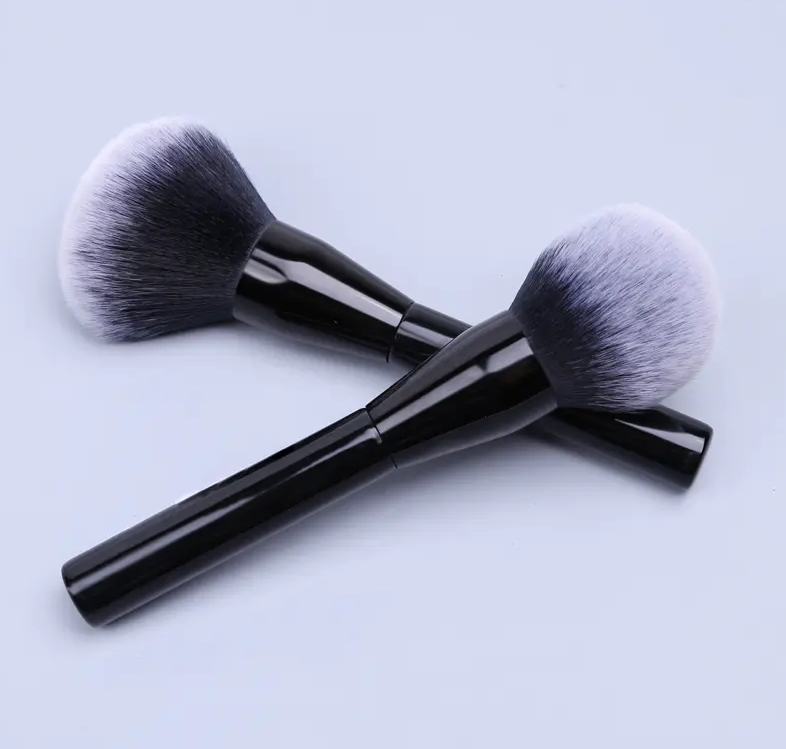The density of a face foundation brush plays a crucial role in determining how foundation applies, blends, and wears on the skin. Brush density refers to how tightly packed the bristles are, which directly influences coverage level, product distribution, and blending precision. A well-chosen brush density can enhance the makeup application experience and significantly affect the final result.
A high-density brush typically provides fuller, more even coverage. When bristles are closely packed, they create a firm surface that allows foundation to sit on top of the brush head rather than sinking into the bristles. This characteristic helps minimize product waste and allows for a smoother glide across the skin. The dense structure also means the brush can push foundation into the skin more effectively, creating a more opaque and airbrushed finish. This is particularly useful for users who prefer a flawless, long-wearing base or need to conceal blemishes, discoloration, or uneven skin tone.
In contrast, a lower-density brush offers a lighter, more diffused application. With more space between the bristles, the brush picks up less product and deposits it more softly onto the skin. This leads to a sheerer finish that mimics a second-skin effect, making it ideal for those who prefer a more natural or dewy look. Less dense brushes are also excellent for layering, as they allow for gradual buildup without looking cakey or overdone. However, because they are softer and more flexible, they may require more time and effort to achieve a fully blended finish, especially when working with thicker foundation formulas.
The type of foundation being used also interacts with brush density. Liquid and cream foundations typically work well with dense brushes because they require a solid surface for even spreading. A dense brush can prevent streaking and absorb less liquid, making it more efficient. On the other hand, powder or mineral foundations may perform better with medium- or low-density brushes, which can sweep the product lightly across the face and help prevent a heavy or chalky finish.
Skin type and personal technique further influence the effect of brush density. Those with oily or combination skin often favor dense brushes that can deliver a matte finish and better coverage in oil-prone areas. Meanwhile, individuals with dry or sensitive skin might benefit from less dense brushes that apply foundation more gently and help retain a natural glow without emphasizing flakiness or texture. For beginners, a medium-density brush can be a good starting point, offering a balance between control and flexibility.
Maintenance is another consideration. Dense brushes tend to trap more product between bristles, which means they require more frequent and thorough cleaning. Regular upkeep ensures the brush remains hygienic and maintains its performance over time. Using a dirty brush can lead to patchy application and skin irritation, regardless of density.
In summary, the density of a face foundation brush significantly influences makeup application outcomes. High-density brushes offer fuller coverage and precise blending, while lower-density options provide softer, more natural finishes. The ideal choice depends on the desired makeup style, foundation type, and skin characteristics. Understanding how brush density affects performance empowers users to select the right tool for their routine and achieve consistently beautiful results.
Z'OREYA Bronzer Face Foundation Brush is made of synthetic, vegan fibers. It's cruelty-free and Vegan.
Hand-cut hairs with the perfect shape allow for even and precise application.
The dull-polished handle makes it easy to hold, great for control, and smooth for applying makeup.

